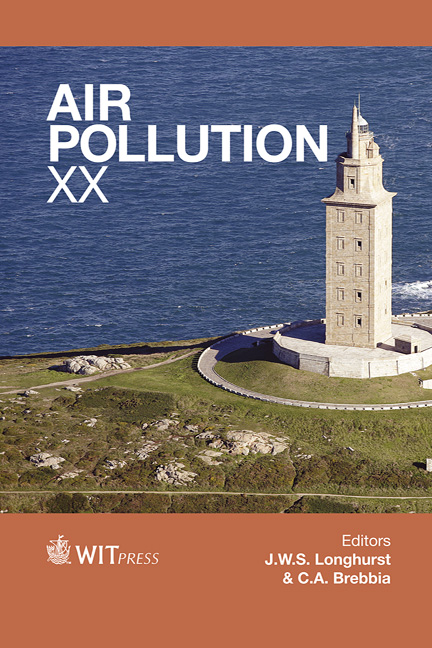Framing Air Pollution As A Major Health Risk In Lagos, Nigeria
Price
Free (open access)
Transaction
Volume
157
Pages
8
Page Range
479 - 486
Published
2012
Size
431 kb
Paper DOI
10.2495/AIR120421
Copyright
WIT Press
Author(s)
A. O. Olowoporoku, J. W. S. Longhurst & J. H. Barnes
Abstract
This paper provides an overview of the emergent public health risks attributable to air pollution in Lagos and solutions to reduce them. Growing evidence has substantiated a causal relationship between air pollution and mortality, hospital admissions for respiratory or cardiovascular disease and an associated increased risk of myocardial infarction. Lagos, the former capital of Nigeria with a population of 15 million has been identified as one of the fastest growing megacities with annual mean concentrations many times higher than the thresholds recommended by the WHO. Given the urban conglomeration of Lagos, this paper shows that differential traffic density, socio-economic conditions, access to healthcare and proximity to sources of emissions create differential susceptibility of communities to ill health attributable to air pollution, especially within vulnerable groups including children, the elderly and pregnant women. The paper therefore argues that an understanding of the scale and spatial variation of air pollution is not sufficient for reducing the risks posed to public health. An effects-based approach needs to be adopted in order to frame air pollution problems in the city within a public health context, rather than as an environmental nuisance. Keywords: Lagos, Nigeria, public health, air pollution, traffic-related emissions. 1 Lagos: population and pollution Lagos is a port city located in the south-western region of Nigeria (Figure 1). It was the capital of Nigeria from 1914 to 1991. Since the mid-1970s, urban landscape development in Lagos has been characterised by the rapid growth of residential and business settlements around busy and often congested road
Keywords
Lagos, Nigeria, public health, air pollution, traffic-related emissions.





